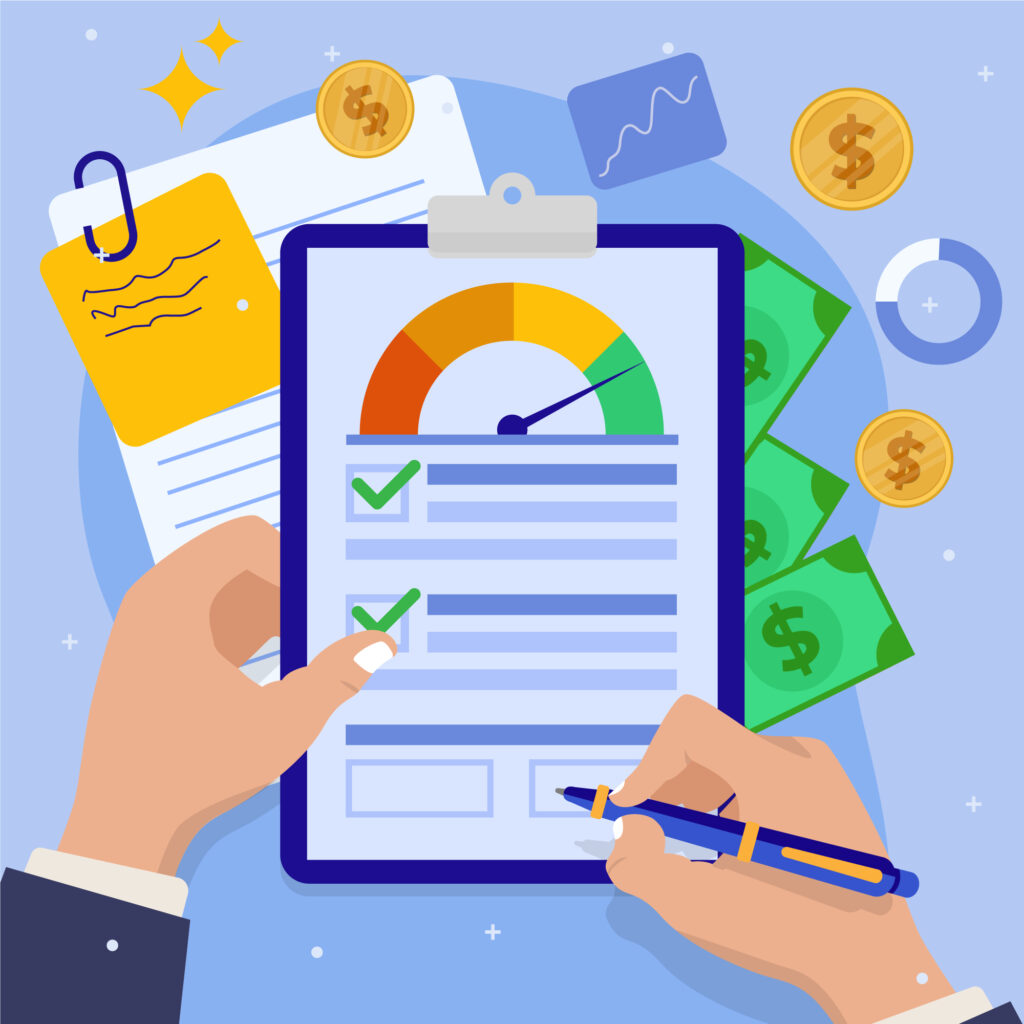If you are new to forex trading, terms like “pips”, “lots” and “leverage” may be confusing to you. But it is very important to understand these basic concepts, as they are the foundation of your trading journey. If you understand these three terms well, you will be able to accurately calculate trade size, risk and profit and loss.
In this article, we will understand through simple and real-life examples:
- What is a pip?
- What is a lot size?
- How does leverage work?
Let’s understand step by step.

🔹 1. What are pips?
Definition:
The full form of PIP is “Percentage in Points” or “Price Interest Point”. It is a unit that measures the change in price in the forex market.
Example:
If the price of EUR/USD increases from 1.1000 to 1.1001, we say that the price has increased by 1 pip.
Note:
Major currency pairs (e.g. EUR/USD, GBP/USD) are usually shown to 4 decimal places.
JPY pairs USD/JPY are shown to 2 decimal places. In this case, if the price goes from 110.00 to 110.01, that would be 1 pip.
Fractional Pips (Pipettes):
Some brokers also show a fifth decimal place. E.g. 1.10001. The extra decimal is called a pipette. 10 pipettes = 1 pip.
Best Pip Difference and Profit/Loss Calculator
🔹 2. What are lots?
Trading volume in Forex is defined in terms of “lots”. This is how much of a currency you buy or sell.
🧾 Types of lot sizes:
| Lot Type | Units of Base Currency | Approx Pip Value (for USD pairs) |
| Standard Lot | 100,000 | $10 per pip |
| Mini Lot | 10,000 | $1 per pip |
| Micro Lot | 1,000 | $0.10 per pip |
| Nano Lot | 100 | $0.01 per pip |
Example:
If you trade EUR/USD with 1 standard lot, your profit or loss is $10 for every 1 pip movement.
Note:
The choice of lot size is based on your capital and risk tolerance. Micro or Mini are much better for beginners.
🔹 3. What is leverage?
Leverage is a financial instrument that allows you to open a position larger than the capital you have available. It is provided by the broker.
Formula:
Leverage = Total Trade Size ÷ Your Own Capital
💡 Example:
If you only have $1000 and your broker is offering you 1:100 leverage, you can trade the following:
$1000 x 100 = $100,000, which is equivalent to one standard lot.
That is:
Large amounts of trading can be done with less capital.
🔸 4. Advantages and Disadvantages of Leverage
✅ Advantages:
Large trading is possible with less capital
Higher profit potential
Increases capital efficiency
❌ Disadvantages:
Loss is also higher in proportion to leverage
If the market moves even slightly against you, margin calls or account wipes can occur
Emotional pressure is high
Important:
Higher leverage = higher risk. Always use limited leverage and proper risk management.
🔹 5. Real-life example (pips, lots and leverage combined)
Let’s take a simple example:
Currency pair: EUR/USD
Lot size: 1 mini lot (10,000 units)
Pip value: $1 per pip
Trade direction: Buy
Entry price: 1.1000
Exit price: 1.1050
Price moved: 50 pips
Total profit: 50 x $1 = $50
Now let’s say you traded $100 capital using 1:100 leverage.
That means you made a profit of $50 on a $1000 trade = a 50% return!
But if the market moves against you by 50 pips, the loss is also 50%.
🔹 6. Risk management tips
Never risk more than 2% of your total capital.
Limit your use of leverage – use only as much as necessary.
Place a stop-loss on every trade.
Start with small lot sizes and gradually increase.
🧾Summary
| Concept | Meaning | Impact |
| Pip | Smallest price movement unit | Measures profit/loss |
| Lot Size | Volume of trade | Affects pip value & risk |
| Leverage | Borrowed capital from broker | Increases trade size, increases risk |

📝Conclusion
If you want to learn Forex seriously, it is very important to have a clear understanding of basic terms such as pips, lots, and leverage. These small elements directly define your profit, loss, and risk. By learning the concepts, you can become a responsible and confident trader.
Always remember:
“A smart trader is one who first understands the risk, then thinks about the reward.”
So if you liked this blog then follow and share www.growthlikej.com for similar informative knowledge blogs.

